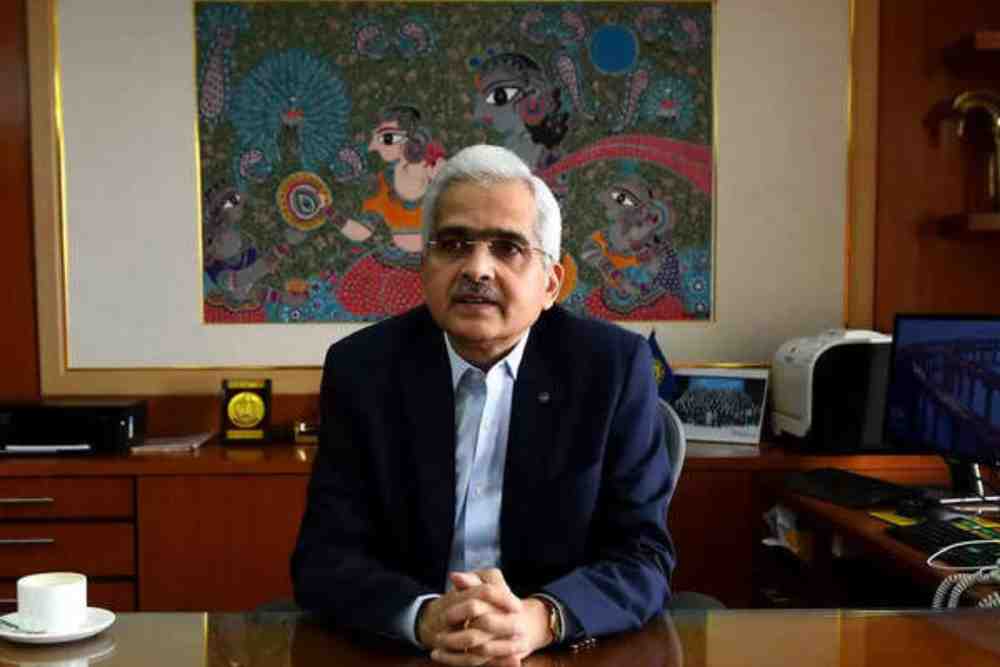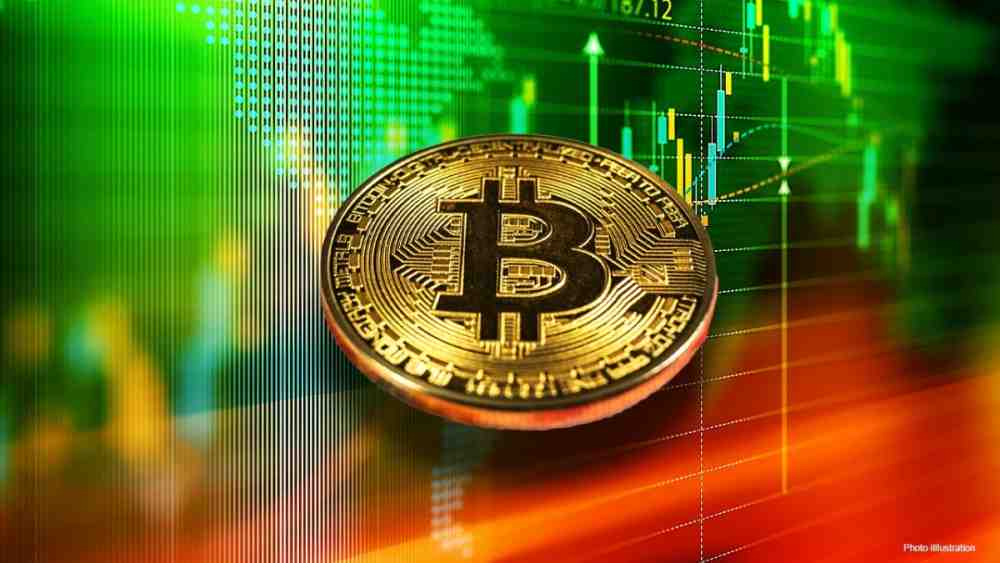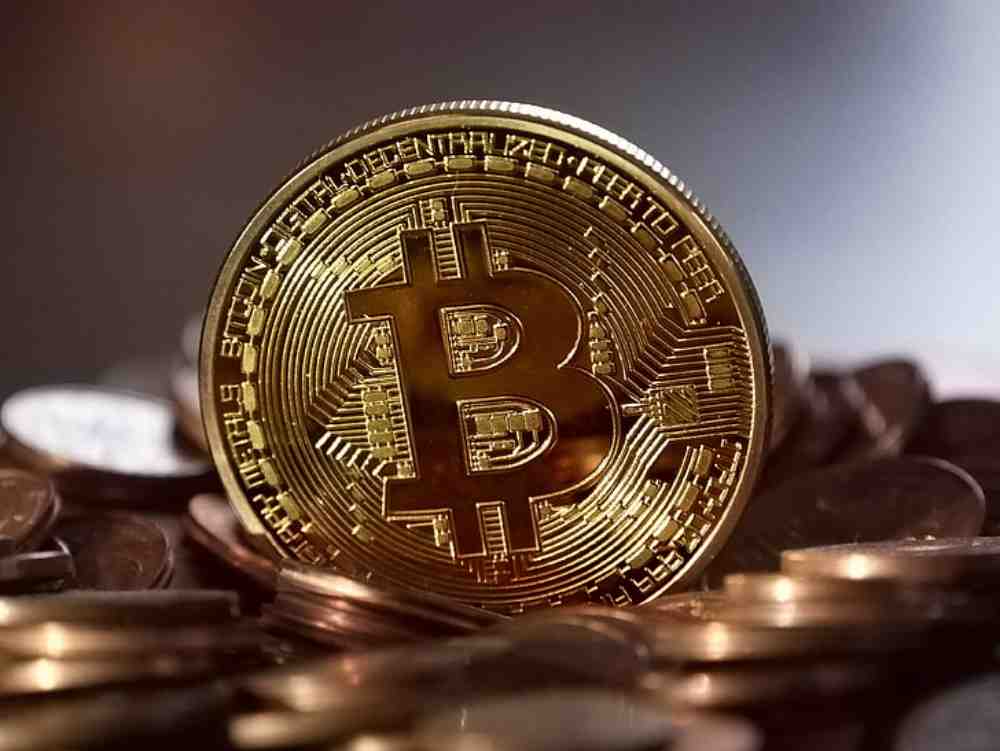
The Reserve Bank of India (RBI) has announced the repo rate unchanged at 6.5%. The move is likely to have an impact on the crypto market. RBI has always been critical of cryptocurrencies. The central bank is always concerned about the risks associated with cryptocurrencies, such as their volatility and the potential for money laundering But both RBI’s recent repo announcement and crypto market are really correlated?

While traditional financial markets are clearly impacted, how can this affect the crypto markets? In terms of liquidity, when a central bank alters the repo rate, it’s essentially shifting the liquidity profile of the entire financial ecosystem. Lower interest rates traditionally steer investors toward assets with higher yields—enter cryptocurrencies. The allure of sky-high returns in the crypto world could become all the more tempting.
Crypto Market Volatility

Rajagopal Menon, Vice-President of WazirX, shared that, “Higher repo rates can signal the RBI’s risk-averse stance. That’s an environment where jumping into volatile assets like Bitcoin or Ethereum may be seen as swimming against the tide. With risk management back in the limelight, investors might opt for discretion over valour.”
“And let’s not forget inflation, a key variable that the RBI aims to control through its monetary policy. With inflation in the equation, Bitcoin, often likened to ‘digital gold,’ could become the go-to hedge against a rising cost of living. Essentially, higher repo rates aimed to quash inflation might inadvertently add luster to cryptocurrencies,” he added.
In this scenario, exchange rates, too, come into play. A repo rate alteration is said to influence the strength of the INR against the USD, making those international Bitcoin transactions either cheaper or costlier.
Advising on how to tackle the knotted industry, Menon suggests, “Investors, for one, might look into crypto derivatives or futures contracts for hedging against this volatility. Diversification is the age-old wisdom that holds true—spread those investments to weather any policy-induced storms.”
Direct Correlation
The CIO of Hedonova, a US-based hedge fund investing in alternative assets such as cryptocurrency, NFTs and P2P lending, Suman Bannerjee, has stated that crypto adoption is directly correlated with the prices of Bitcoin and Ethereum. In his words, “Crypto is largely a speculative asset that people get into to make a quick profit. The RBI repo rate has a widespread effect on various aspects of the economy, but it does not affect cryptocurrency at all. Earlier, the RBI Governor even mentioned crypto in the first week of June.”
During the June meeting, the Governor mentioned that the Reserve Bank of India considers cryptocurrencies ‘speculative’, and the regulator is willing to have an ‘informed dabate’ on digital tokens.
“Unless there is a major policy reform and tax reductions, crypto adoption in India is far from taking off and is definitely not correlated to repo rate,” added Bannerjee.
Cautious Outlook
Cryptocurrencies have been growing in popularity in India in recent years, but the RBI’s decision could make it more difficult for businesses and investors to access crypto.

Referring to this RBI’s approach, Sathvik Vishwanath, Co-Founder and CEO, Unocoin, opined, “In my view, the outlook appears cautious, suggesting that the RBI may be preparing for an extended phase of monetary policy stability and tighter financial conditions. It is expected that the first rate cut could not happen until June 2024, and even then it would likely be a modest move. The forecast calls for a gradual and shallow cycle of rate cuts with a total cut of only 50 bps.”
This perspective suggests that the RBI could adopt a cautious and conservative approach to strike a balance between stimulating economic growth and maintaining financial stability. It appears that the central bank intends to proceed with caution and make moderate and prudent interest rate adjustments.
Additionally, the analysis suggests that the RBI is likely to take a measured and calculated approach to monetary policy. According to Vishwanath, “This entails a limited rate cut over the horizon with a target of a repo rate of 6% by mid-2024. This aspect is very important for investors, businesses and financial markets as they navigate the evolving economic environment in India. A potential 50 basis points (bps) rate cut by the RBI could impact cryptocurrencies.”
Lower rates may attract investors seeking higher returns, potentially boosting crypto prices. However, if the RBI’s caution signals economic concerns, it might lead to risk aversion and regulatory tightening, affecting crypto markets, as per the industry expert.
Indirect Impact
The RBI’s repo rate policy might not directly impact the crypto market, but it can have indirect effects. When the RBI adjusts its repo rate, it influences the broader financial landscape, which, in turn, can have some ripple through the crypto market.

Analysing the recent repo announcements by the RBI, Edul Patel, CEO of Mudrex, a global crypto-investing
Platform, has shared his perspective that, “Since there is no change in the repo rate this time, it is unlikely that it could influence the cryptocurrency market in India. However, to navigate these dynamics, investors should focus on diversifying their portfolios, conducting thorough research, and employing risk management strategies as a hygiene practice. Staying informed about both monetary policy changes and cryptocurrency regulations is crucial. Ultimately, adopting a long-term perspective in cryptocurrency investments can help mitigate the short-term impact of monetary policy decisions on the market.”
Minimal Influence on Digital Assets
The RBI’s decision to maintain the repo rate unchanged may be attributed to the global trend of declining core inflation. This global context of subdued inflationary pressures is likely to have influenced the RBI’s cautious approach to altering interest rates.

“If one were to look at the impact of the RBI’s repo rate stance on the digital asset industry in India, the impact is minimal and nuanced. Digital asset investments are influenced by a combination of factors, including the broader global economic outlook, institutional adoption within the digital asset space, and of course the evolving regulations in the local context,” stated Manhar Garegrat, Country Head, India and Global Partnerships at Liminal, a wallet infrastructure and custody solutions platform.
In a nutshell, the dynamic and global nature of these factors implies that the repo rate’s effect on the digital asset industry exhibits limited influence on digital asset investments.
